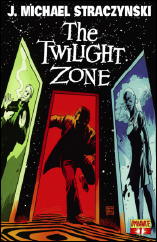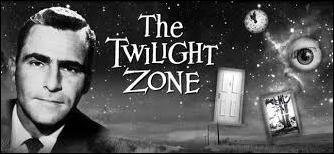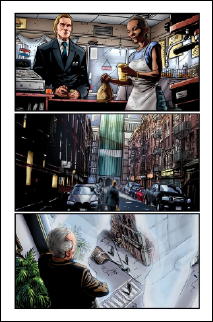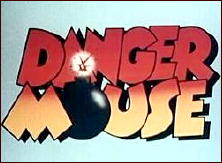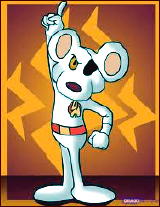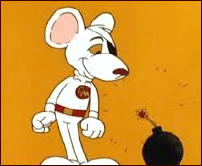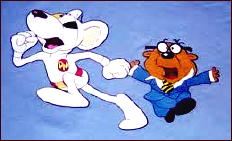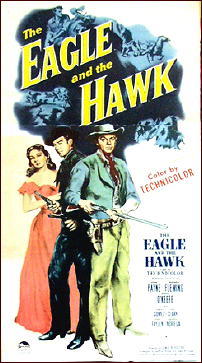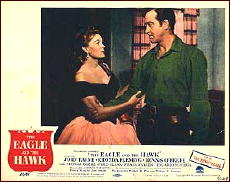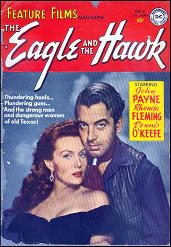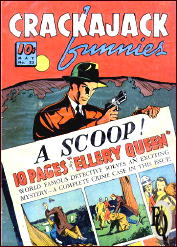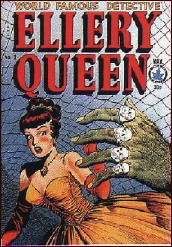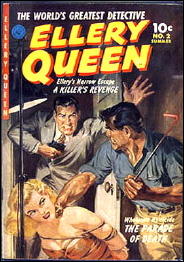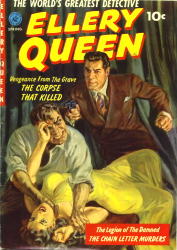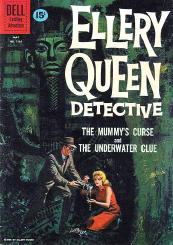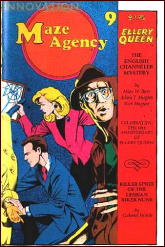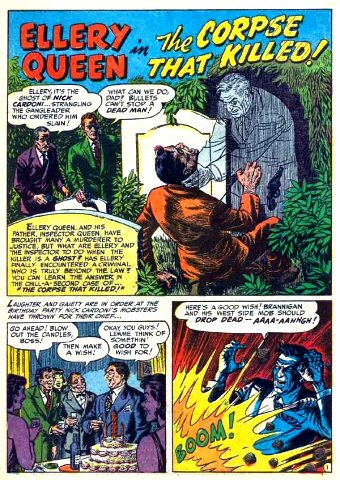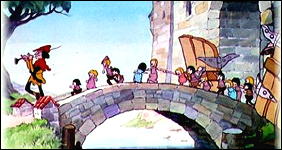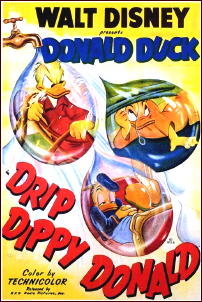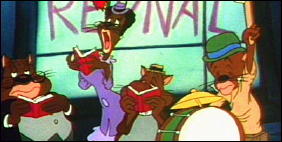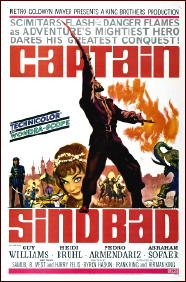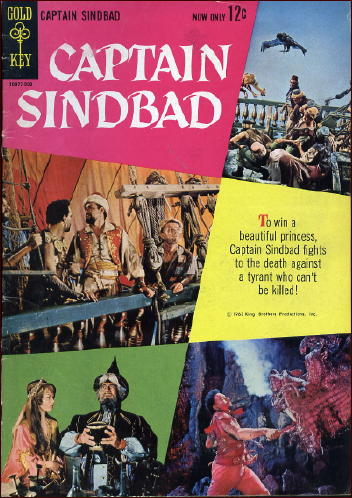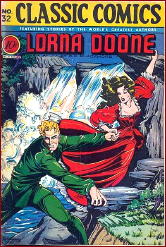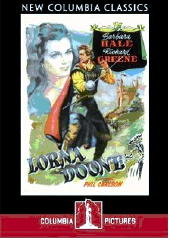Sun 6 Apr 2014
Archived Comic Book Review: SHE-HULK #3, July 2004.
Posted by Steve under Comic Books, Cartoons, Comic Strips , Reviews[8] Comments
DAN SLOTT (writer) and JUAN BOBILLO & MERCELO SOSA (artists) – “Dead Certain.†She-Hulk: Marvel Comics, Number 3, July 2004.
You may or may not keep up with comic books, but no, they’re not 10 cents any more. (The price of this one is $2.99, but as a back issue, which by the time you read this, as late as it will surely be, I am sure you will be able to find a copy for far less than that.)
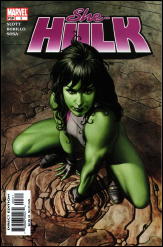
And the vast majority of most comic books run in long continued stories (“arcsâ€), which means that if you pick one up a random, it will be part two of six, and you won’t have a clue about what’s going on.
This particular issue, though, is a rarity – a story told all in one issue (but with lots of personal interplay going on, adding to the characterization, but not harmful to the plot to any discernible degree if you skip over it).
I’ll assume that everyone is familiar, to some degree or another, with The Incredible Hulk – the much longer-running comic book series which was the basis of a television series some years ago and then, much more recently, a semi-disaster of a full treatment movie overladen with special effects.
This latest version of the She-Hulk book series comic bis but another in Marvel Comics’ long line of efforts to siphon off some of the male Hulk’s popularity by creating a successful female counterpart – and no, I’m not going to get into all of the other attempts.
Suffice it to say, perhaps that I believe that She-Hulk’s alter ego has always been Jen Walters, who may or may not has always been a top-notch lawyer in her real life, but who has the ability to transform herself into a seven foot tall green-skinned amazonian super-hero. Unlike the Hulk, whose intelligence (and skin color) seems to vary at the whim of the writer at the time, She-Hulk seems to be as intelligent as Jen Walters, but (naturally) much more powerful.
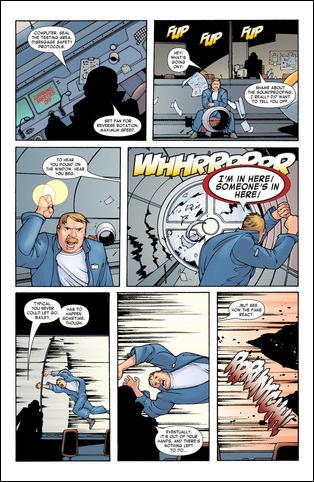
Um, I seem to have lost some readers who have gone on the next review. If you’re still with me, I’ll speed things up a little, but a little background would seem to be useful in the context of why I’m even telling you about this particular issue.
After aircraft engineer Bailey Briggs is brutally murdered – by trapping him in a wind tunnel with one of his test engines still running – the chief witness against the defendant at the subsequent trail is – the ghost of Bailey Briggs. I’ll repeat that. His ghost. I believe this may be a first – one for the books, you might say – but if you can say otherwise and prove me wrong, I’d certainly like to know about it.
An interesting twist is that Jen Walters, working for the defense, does not believe Bailey Briggs’ ghost – and yes, the judge rules that precedent has been established for such a turn of events, at least in the Marvel Universe – but why would a dead man lie?
With She-Hulk’s assistance in carrying out the investigation, a most satisfactory answer to that question is obtained, and you’ll have to read the story for yourself to discover what it is. Neatly done, it is.
PostScript: In terms of the artwork, Jen Walters and She-Hulk are drawn more baby-faced in appearance than appeals to me, but in their own stylish way, the pair of artists responsible for this issue (pencils and inks) carry off their half of the story-telling with nearly as much aplomb as the gentleman who wrote the words.
